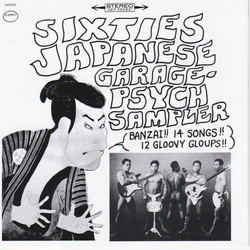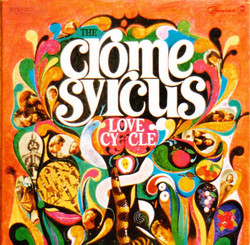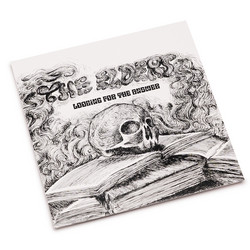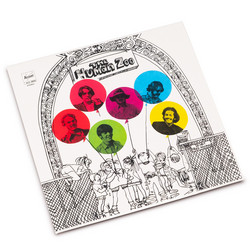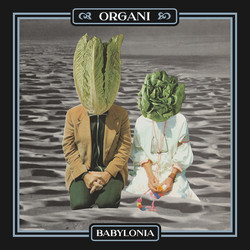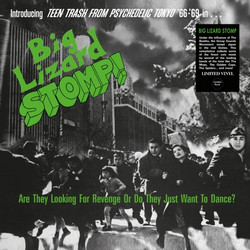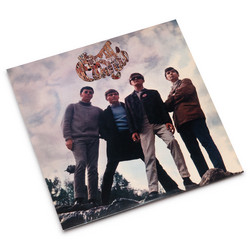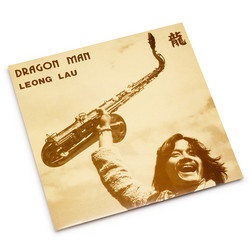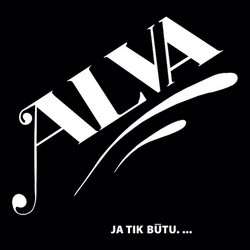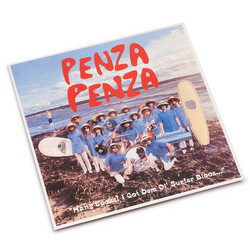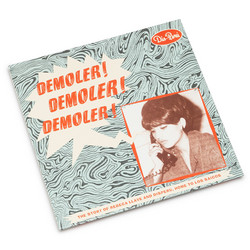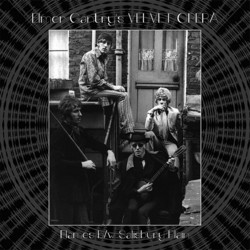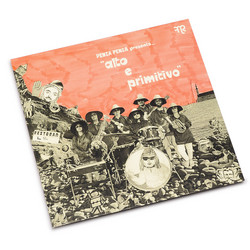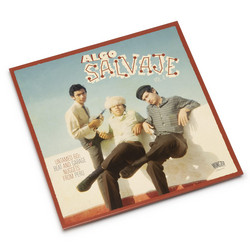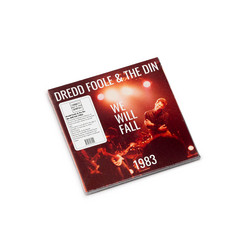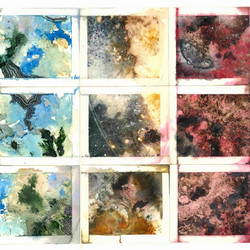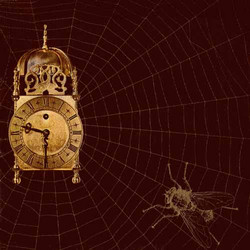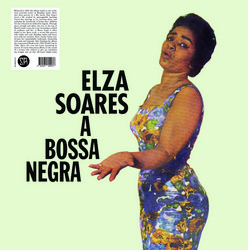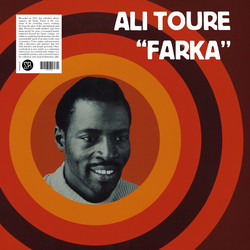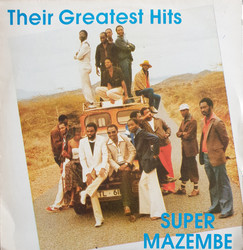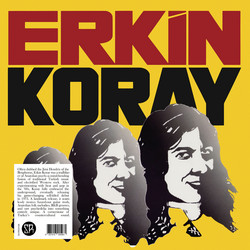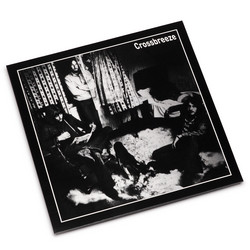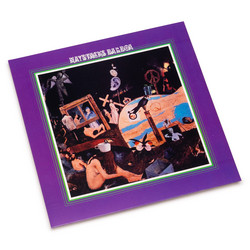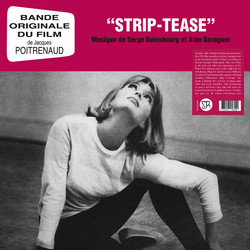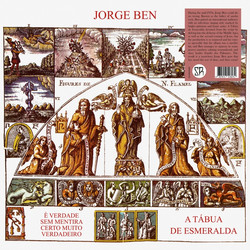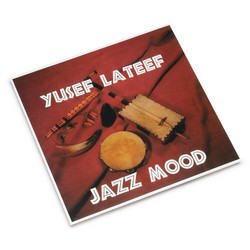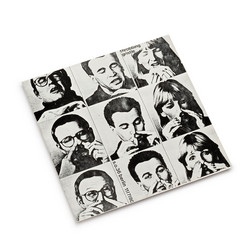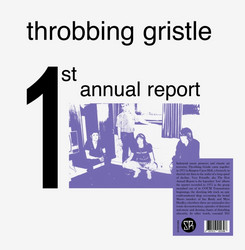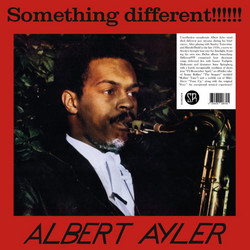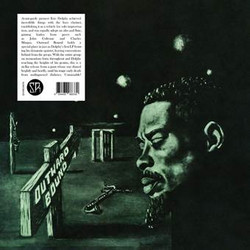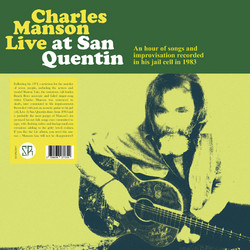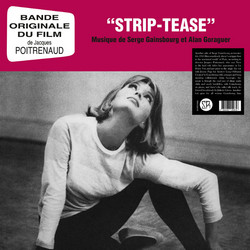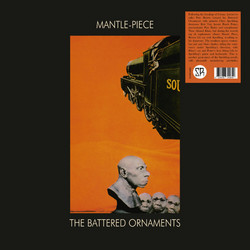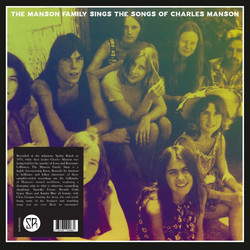Most fans of garage know Count Five as the group behind the classic single Psychotic Reaction – a three minute and eight second distillation of everything that’s great about the genre, from its immediately recognizable opening fuzz riff to its last wigged-out break. Eminent garageologists all agree on the track’s importance in the canon, and its inclusion on the original Nuggets LP cemented its hall-of-fame status long ago. But make no mistake, the sum of Count Five is much more than that one single. If you like Psychotic Reaction, you’ll love the album. Count Five began in the suburbs of San Jose, California, when John “Sean” Byrne, recently arrived from Dublin, Ireland, heard The Squires practicing R&B and British Invasion covers in a garage. Byrne asked if he could sit in, and being the closest thing in San Jose to a real Beatle, he was immediately asked to join the band. Flash forward a year, and with competition for bookings becoming increasingly fierce, the quintet attempted to stand out from the rest of the pack by donning vampire capes and becoming Count Five. The capes didn’t last long, but as Count Five, the band began to write original material and soon came up with the basic structure of Psychotic Reaction. Although the song was a hit with local audiences, record labels weren’t interested and the band endured months of failed auditions. But Count Five pressed on, revising and reworking Psychotic Reaction until the fledgling Los Angeles label Double Shot decided to take a chance on the song. Released as a single in June 1966, Psychotic Reaction began to dominate radio playlists across the country, and was a national top five hit by September. To capitalize on the success of the single, the suits at Double Shot immediately pressured the band to record a full-length album. Yet despite the hurried circumstances of the album’s origin, with songs literally being written in the airplane on the way from San Jose to the studio in Los Angeles, Psychotic Reaction has a high killer-to-filler ratio. The album was rush-released in October: eleven tracks of caveman stomp and Maestro Fuzz-Tone. While none of its tracks overshadow the greatness that is Psychotic Reaction, the shambolic perfection of Pretty Big Mouth comes close. With its propulsive circular fuzz riff, sly lyrics, and brilliant key change at the chorus, the track absolutely nails the smart-aleck swagger every garage band circa-1966 tried to cop to. Peace of Mind, the follow-up single to Psychotic Reaction, is another contender for best track: an unholy racket of strident, siren-like guitar, surf drumbeats, and heavy doses of controlled feedback, all barely held together by an insistent three-note bass groove. The hopped-up mayhem of Double Decker Bus is also to consider as one of the best cuts, althought it’s basically a double-time rewrite of their hit single, complete with a rave-up midsection. Other notable tracks include They’re Gonna Get You, with its falsetto verses and abrupt tempo changes, and the trippy, disoriented vibe of The Morning After. - Michael Spalding
